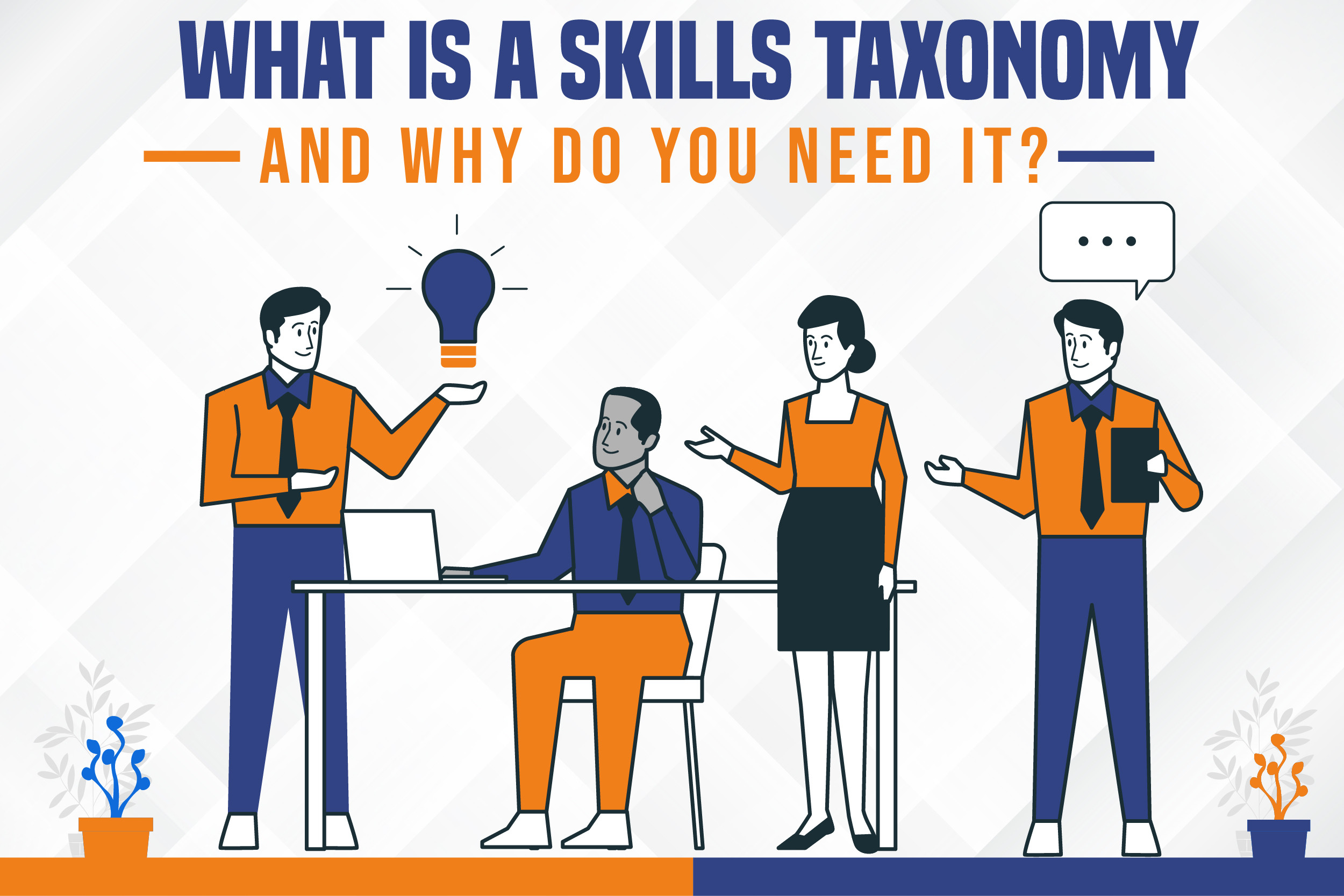
What Is A Skills Taxonomy And Why Do You Need It?
For companies that seek to future-proof their workplace, skill agility is essential. A skills taxonomy serves as the framework for all of this. Skills are clearly the new kind of wealth in the workplace. People in non-tech professions had to quickly pick up vital hard skills through Technical Courses as many occupations became remote in 2020. Technology is still evolving more quickly than ever, and abilities deteriorate more quickly. Everyone is feeling the need to reskill and upskill in order to stay up with this fast change.
This time has problems as well as prospects for professional learning and development (L&D). To progress their workforce and prepare for the changes brought on by a new reality, L&D may now use resources and functionalities in a whole new way. One such is a taxonomy of skills.
Here is all the information you want on skills taxonomies and how they might enhance your method of professional growth and pathfinding.
Application And Uses Of Skills Taxonomy
A skills taxonomy is a listing of the competencies that are necessary for both your personnel and your company to grow. In the part after this, we'll delve much more deeply into what exactly is a skills taxonomy, but before that, let's establish some framework. Following are a few advantages and applications of skill taxonomies:
- Improved evaluation of job candidate appropriateness
- Strategic plans for retraining and upgrading through Technical Training
- More openness about internal mobility plans
- Planning the workforce deliberately
- With reasonable safeguards on performance evaluations and promotions, eliminate systemic partiality.
These advantages are crucial to note when we get into the specifics of skills taxonomies. Their main objective is to enhance your brand by prioritizing your employees.
Skills Taxonomy
Lists of talents that are pertinent to your business and industry are called skills taxonomies or inventories. Taxonomies cover a wide range of abilities, including Power BI and interpersonal communication. Even though all positions require a certain set of talents, it's helpful to start with those that are position-specific before moving on to more generic ones.
A data-specific learning approach is founded on a clear skills structure. In a more profound way, it establishes a common language and unbiased foundation for recruiting and personnel development. It offers learners a transparent career path, whether they want to advance in their present field or take on a new one. While used effectively, a skills taxonomy aids leaders in improving alignment and increasing intentionality when bridging individual and organizational-wide skill gaps. Skill inventories are only one aspect of taxonomies. They may also be enhanced by skill clusters.
Coming To The Skill Clusters
It's crucial to note that skill clusters must not be confused with job descriptions. They are collections of competencies that are naturally connected. All functions overlap, therefore making this difference is crucial. Clusters provide a comprehensive picture of achievement in a certain position. Additionally, clusters can highlight interdepartmental capabilities that enhance team works among departments and internal mobility potential.
The following are some examples of skill clusters:
- Collaboration, settlement of disputes, dialogue, and team development are all aspects of teamwork.
- Sales ensure lead creation, client relations, and dialogue
- And Software Development includes Coding, debugging, questions and answers, specialized coding languages
While the individual abilities one has in their arsenal might become outdated with time, skill clusters are more resilient. When developing your skill strategy, start by considering the skill clusters that your business and departments require, and then list the specific abilities that each person and job must possess in order to achieve those objectives. After that, you can go for relevant Technical Courses for upskilling your personnel.
Skills-First Learning Is Fueled By Skill Taxonomies And Clusters
Skills taxonomies may be thought of as concept clouds or Venn diagrams that display the big picture and all the connections. After being categorized into skill clusters, skill inventories are linked to appropriate jobs.
Hierarchy can be present in taxonomies. Even if many of these are preferred, some specific clusters are more crucial. Job descriptions are transformed by taxonomies into tangible, transferrable groups of talents that can be assessed and improved. For L&D professionals, they assist you in locating skills gaps throughout the company and developing a strategy to fill them.
Final Words
Nobody can handle the complexity of skills, education, and relevance by themselves. A skills taxonomy must be developed through standardized, rapid cooperation in order to be the effective and useful tool that it is. Decisions based on our workforce's expertise will be made going ahead.
